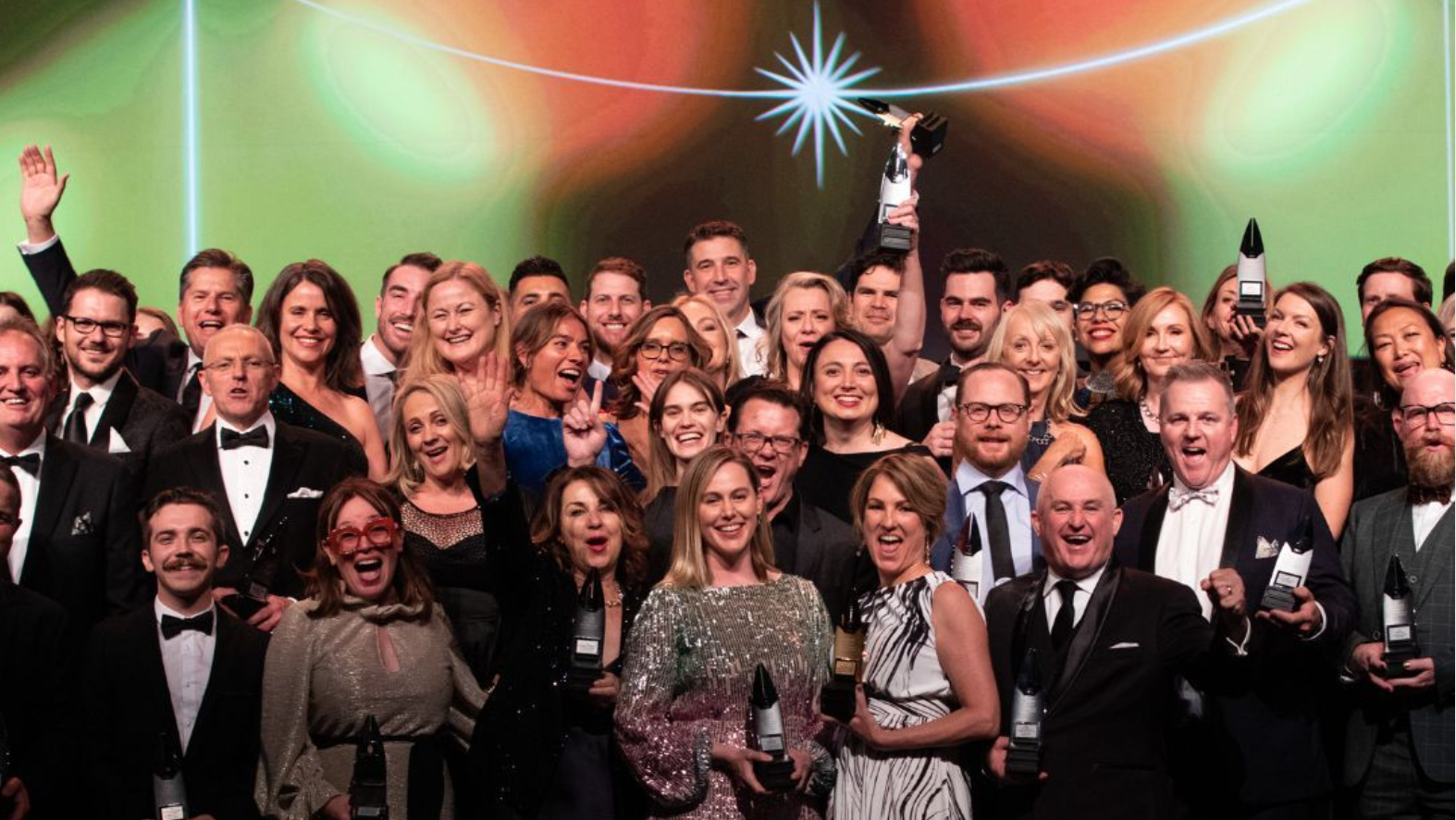We know who sponsors the Walkleys Awards, but who judges them?
Last year, the Walkleys rightly came under fire because so few accolades went to regional-based climate change or extreme weather event stories.
Christine Tondorf is based in northern NSW and reported on the Black Summer bushfires and Northern Rivers floods. She did an audit of last year’s judges to find out who actually judges the Walkleys.
This coming Thursday, the winners of the 2023 Walkley Awards for Excellence in Journalism will be announced and despite calls for a boycott of the Walkley Awards (because a petroleum company is a sponsor), entry numbers were up this year.
Last year the Walkleys came under fire because few accolades went to climate change or extreme weather event stories. I counted only four finalists from a list 84.



Want to change things – this is how you go about it
Revealing story. But bear in mind, the severe Sydney skewing applies to most of Australia’s media output. Look at the panel on the Drum most nights. Notice that Q&A never does Perth editions.
Wow! Thank you for a great article.
I didn’t know the news avoidance factor was that high! I thought I was becoming a grumpy old man and not fitting the media age profiles.
Here in WA, after many years, we have ceased our morning ritual of reading the morning “tabloid” as referred to on their website, and Unfortunately, I do not live in The highly regarded Post Newspapers readership footprint.
TV news we glance at, best, filling the space between the adverts, most of the programming is now ” packages” from the eastern states. Morning Radio does a pretty good job of covering a few topical topics.
But I believe there are quite a few politicians, business folk, and shire councils getting away with the loot! Without any robust media scrutiny.